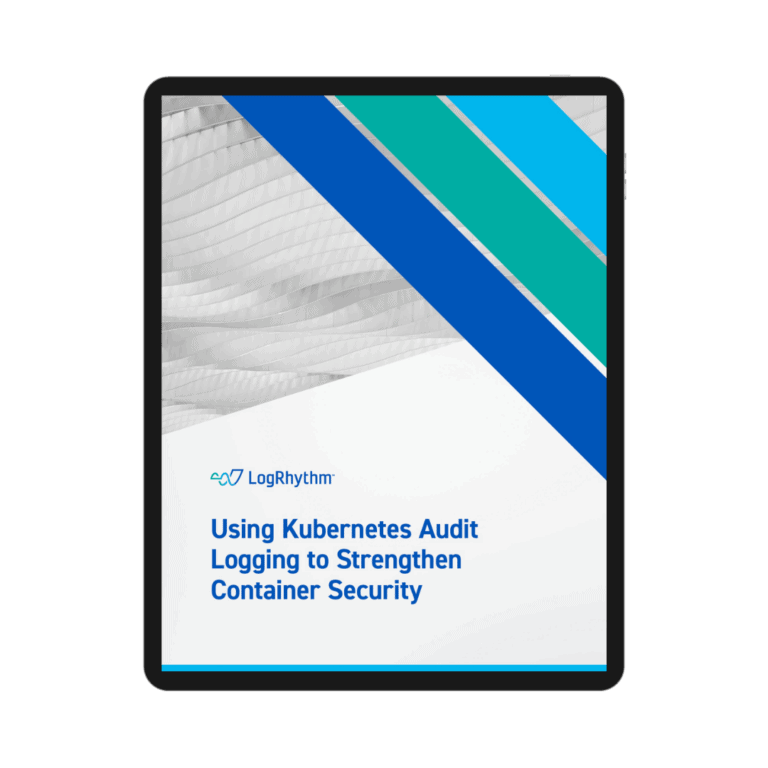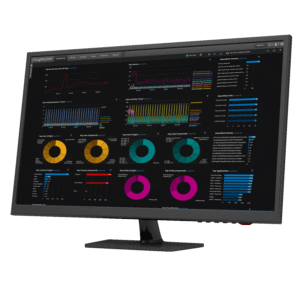Using Kubernetes Audit Logging to Strengthen Container Security
Explore how to use Kubernetes audit logging to better protect applications running in containers and to strengthen container security without disrupting DevOps teams’ operations.
Using Kubernetes Audit Logging to Strengthen Container Security

How to monitor Kubernetes audit logs
Containers have changed the face of modern DevOps. They reduce the amount of IT labor and resources needed to manage application development infrastructure. The container architecture enables DevOps teams to package, deploy, run, test, and manage applications in a way that’s portable, scalable, reusable, and automatable.
There is a range of different containers out there, but Kubernetes is becoming an important layer in the stack of cloud-native applications, as they bring a level of management and security to containers that isn’t seen in other platforms. However, all containers also come with their own unique set of security concerns for business.
In this paper, you’ll review Kubernetes architecture, what security measures Kubernetes provides, and how those impact your current security policies. You’ll then learn about Kubernetes’ powerful auditing infrastructure including, auditing stages, levels, and backends
Securing Kubernetes
with LogRhythm

Getting the most out of Kubernetes to improve container security
LogRhythm is Trusted by 4000+ Customers Worldwide
© LogRhythm, Inc. All Rights Reserved.